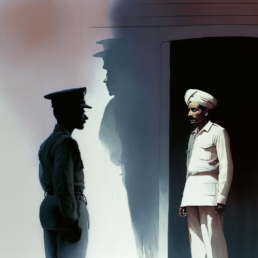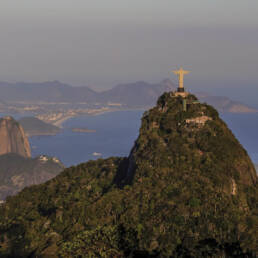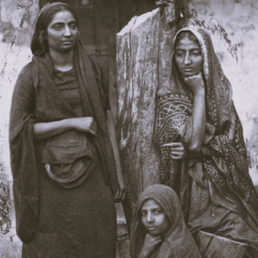If you’ve watched Jawan, did you notice that intriguing mask that hid half of Shahrukh Khan’s face? Ever pondered on how masks bridge social gaps?
And what does Argentine superstar Javier Mascherano have to do with this? Let’s take you to Venice to find the answers.
The allure of the Venetian masks, those enigmatic disguises that have graced the faces of Venetians for centuries have enchanted many. If you’ve wandered into a Venetian mask shop during the Carnival in Venice, you know exactly what we’re talking about.
For those unfamiliar, the city of Venice is more than just Gondolas. The Venetian love affair with masks dates back to the 13th century when these captivating disguises made their grand debut. But why did the people embrace these with such fervor?
It was more than just an aesthetic choice; it was a statement of defiance against the rigid social hierarchy that dominated the Venetian Republic. In a city marked by stark social disparities, it gave rise to a unique culture driven by the necessity to conceal one’s identity.
Coincidentally, Atlee’s film also aimed to address societal disparities, prompting the protagonist to convey the message while wearing a mask. In Venice, masks provided anonymity, enabling people to shed inhibitions and shame, and exercise freedom during the carnival.
Masks enabled Venetians of all social classes to socialize and exchange cultural notes without challenging the outdated political system. They also promoted bonding among people from different backgrounds seeking love and intimacy in public spaces.

Imagine a world where commoners, aristocrats, outcasts, prostitutes, and dancers could all become equals under the guise of a mask. These mystical face coverings were the great leveler, granting a sense of freedom and empowerment to anyone who dared to wear them.
Venetian masks come in a dazzling array of styles, each with its own rich history and cultural significance. From the enigmatic Volto to the haunting Plague Doctor, these iconic masks have transcended time, finding a new home in modern urban culture where they continue to shine in celebration.
In the film, SRK wore a half-silver mask, likely a variation of the Colombina mask, à la Phantom of the Opera, inspired by the namesake character from Commedia dell’arte. This mask covers only the upper part of the face, as Colombina never wished to entirely hide her features.
Distinct yet anonymous, the masks grant one the power to vanish amidst the masses. Think of the Bauta mask, a symbol that erased gender and social boundaries, making it a powerful political tool that erased class differences while stripping the elite of their power.
Those masks brought about delightful ambiguity in self-expression, leaving both the government and the Church puzzled by sinners’ identities. Unintentional, but in the movie, a Venetian mask was a powerful choice to convey the message involving Dr. Kafeel Khan’s incident.
Yet, every great story has its setbacks. The Venetian mask culture experienced a dark period of decline for centuries. In 1930, the Fascist Government temporarily shuttered mask shops. The legacy was on the brink of fading into history until a resurgence began in the 1980s.
Going back to the medieval times, when the popularity of the masks soared in Venice, something magical happened – the mask-makers themselves rose from obscurity. Once a forgotten artisan clan in Italy, these skilled craftsmen and women gained newfound respect in society.
They became integral members of their communities, even having their own laws and enjoying social privileges during medieval times. As we celebrate the colorful history of Venetian masks, we can’t help but wonder about the descendants of those esteemed mask-makers.
They were known as “mascherari.” A Hispanic friend once mentioned that the surname Mascherano in Argentina possibly traces back to those medieval Italian mask makers. And, Javier Alejandro Mascherano might just be one of the torchbearers of this fascinating legacy.
Source
The Theatrical Origins and Language of Venetian Carnival Masks, https://wp.geneseo.edu/masks/2021/05/08/the-theatrical-origins-and-
Mirjam Schaub, Of Mice and Masks: How Performing Citizenship Worked for a Thousand Years in the Venetian Republic and Why the Age of Enlightenment Brought it to an Abrupt End, https://link.springer.com/chapter/10.1007/978-3-319-97502-3_16
Jeffrey S. Ravel, Venetian Masks for Carnival — and for finessing an archaic political order, https://shass.mit.edu/news/news-2020-pandemic-meanings-masks-venetian-masks-historian-jeffrey-s-ravel
Image attributes
WHAT ARE THE VENETIAN MASQUERADE MASKS STYLES?, Simply Masquerade, https://www.simplymasquerade.co.uk/page_2931797.html
@jawanfilm
Wikimedia commons




